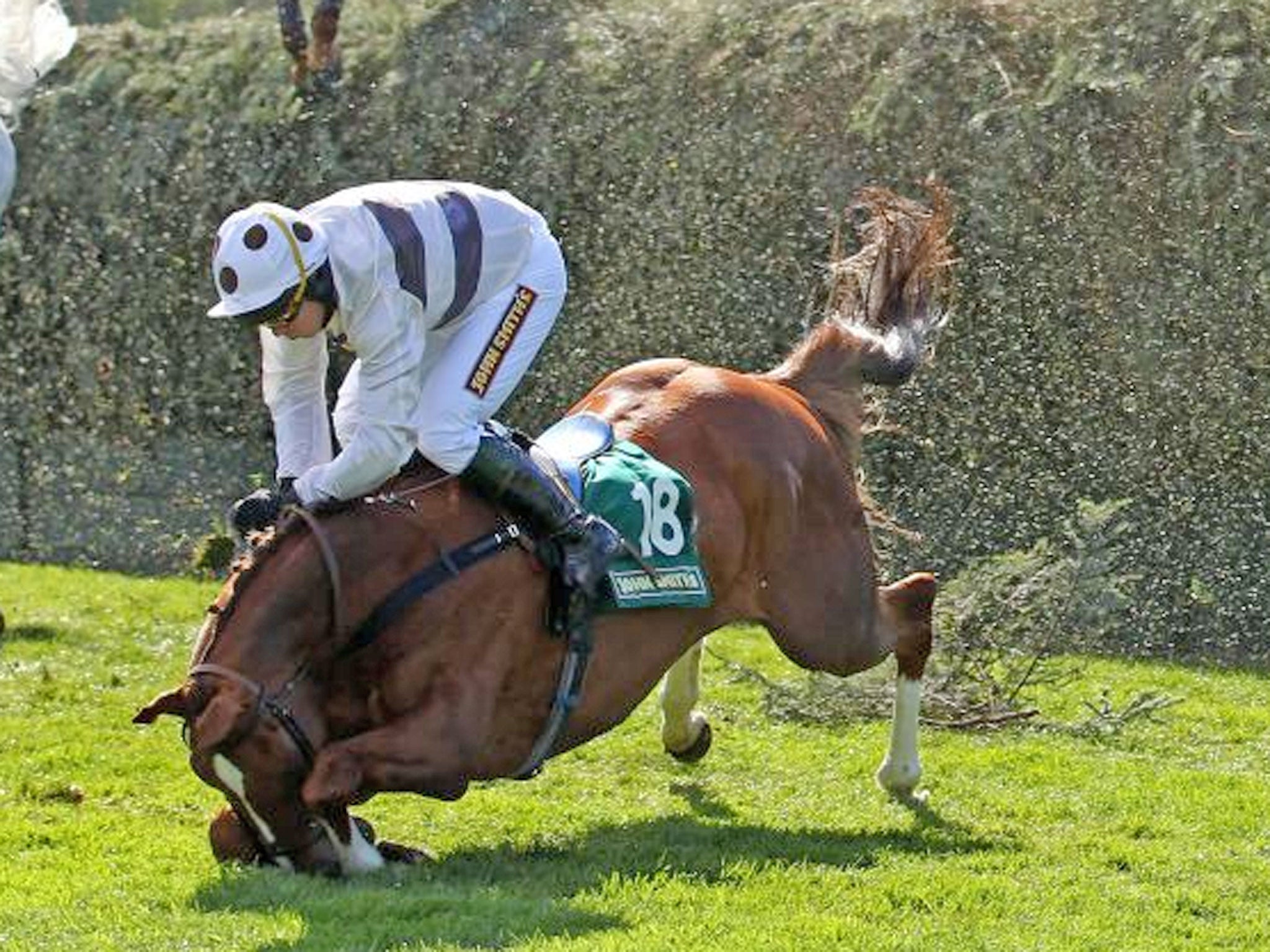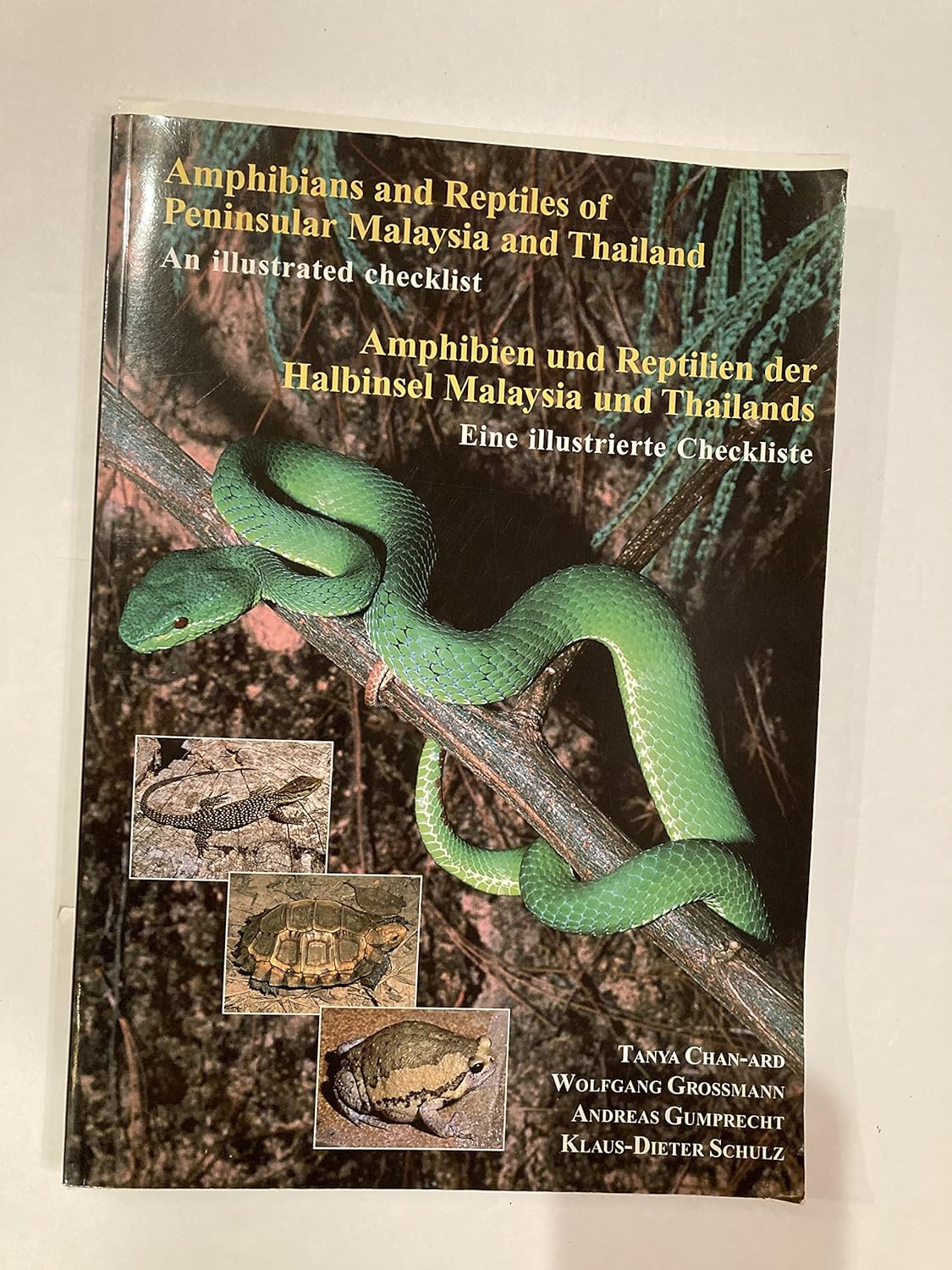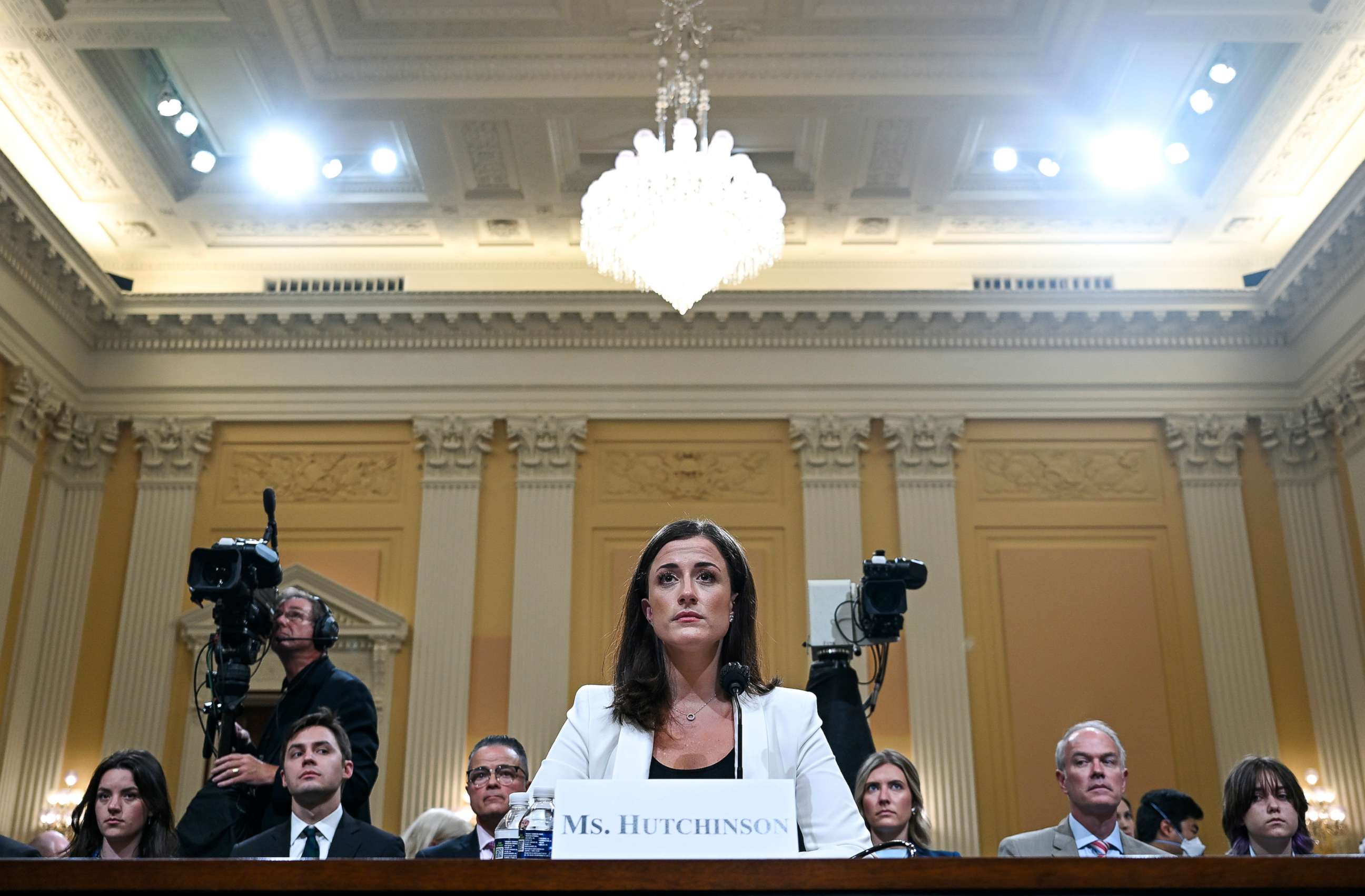The Toll Of The Grand National: Horse Deaths Ahead Of The 2025 Race

Table of Contents
Historical Data: A Grim Statistic
The Grand National's history is unfortunately marked by a significant number of horse fatalities. Analyzing the historical data reveals a sobering reality. While safety measures have improved over the years, the race continues to present a considerable risk to participating horses. Examining specific years highlights the severity:
- 1960s-1980s: This period witnessed some of the highest numbers of fatalities, with several years recording multiple horse deaths. The lack of sophisticated safety protocols and veterinary care during this era contributed significantly to these grim statistics.
- 1990s-2000s: Improvements in veterinary care and some course modifications led to a slight reduction in fatalities, but the numbers remained concerning.
- 2010s-Present: While recent years have seen a decrease in horse deaths compared to earlier decades, the issue remains a significant concern, sparking ongoing debates about the race's future.
Comparing the Grand National's fatality rate to other major horse races worldwide reveals that its high-stakes, demanding course contributes disproportionately to injuries and deaths. Changes in safety regulations, including improvements to fencing and veterinary response times, have been implemented, but further action is clearly needed to ensure racehorse safety.
Contributing Factors to Horse Deaths
Several factors contribute to horse deaths during the Grand National. The race's intense physical demands, coupled with the challenging course design, create a high-risk environment.
- The Course: Becher's Brook, a notoriously difficult obstacle, is frequently implicated in falls and injuries. The demanding length of the race, combined with numerous fences, creates immense strain on the horses.
- Horse Age and Experience: Younger, less experienced horses may be more susceptible to injuries due to their lack of stamina and experience navigating the challenging course.
- Jockey Tactics: Aggressive riding techniques, while sometimes necessary to secure a win, can increase the risk of falls and injuries to both horse and rider. The pressure of intense competition can also influence risky decisions.
- The Sheer Intensity: The Grand National's four-mile distance and 30 fences, combined with the fierce competition, pushes horses to their physical limits, increasing the likelihood of catastrophic injuries.
Understanding these contributing factors is crucial to developing effective strategies for reducing fatalities.
The Ongoing Debate: Animal Welfare vs. Tradition
The Grand National sparks a heated ethical debate. Animal welfare organizations strongly oppose the race, citing the unacceptable number of horse deaths and injuries as evidence of inherent cruelty. Conversely, racing authorities argue that significant safety improvements have been implemented, and the race contributes significantly to the economy.
- Animal Welfare Arguments: Organizations highlight the suffering experienced by injured horses, the inherent risks of the race, and the potential for long-term health issues resulting from injuries sustained during the event. They argue that the tradition cannot justify the cost in animal lives.
- Racing Authorities' Defense: They point to ongoing efforts to improve safety measures, such as better veterinary care, course modifications, and stricter pre-race veterinary checks. The economic benefits of the Grand National for local communities are also often emphasized.
- Public Opinion: Public opinion is divided, with some supporting the race despite the risks, while others call for significant changes or a complete ban. Media coverage often fuels this ongoing debate.
This clash between tradition and animal welfare remains a central challenge in addressing the issue of horse deaths at the Grand National.
Potential Solutions and Future Improvements
To mitigate the risk of fatalities and improve horse welfare, several solutions require consideration.
- Course Redesign: Proposals for redesigning sections of the course, particularly Becher's Brook and other notoriously difficult fences, aim to reduce the severity of falls. This could involve modifications to the terrain or the construction of the fences themselves.
- Enhanced Veterinary Care: Improved on-course veterinary services, including quicker response times and more advanced medical equipment, are essential for treating injured horses effectively.
- Technological Advancements: The use of technology, such as wearable sensors to monitor horse vitals during the race, can enable early detection of potential problems and help to prevent catastrophic injuries.
- Stricter Fitness Assessments: More rigorous pre-race assessments could help identify horses that may be unsuitable for the demanding nature of the race, further reducing risks.
Implementing these measures could significantly enhance racehorse safety and minimize the number of fatalities at the Grand National.
Conclusion
The Grand National's legacy is inextricably linked to the tragic toll of horse deaths. Historical data reveals a concerning number of fatalities throughout the race's history, despite improvements in safety measures. While the race's tradition is deeply rooted, the ethical considerations surrounding animal welfare must remain paramount. The ongoing debate highlights the need for continued efforts to enhance safety, including course redesign, improved veterinary care, technological advancements, and stricter horse fitness assessments. We must all consider the future of the Grand National and the toll it takes on racehorses. Learn more about the Grand National, the debate surrounding horse racing safety, and the ongoing efforts to improve animal welfare in this iconic sporting event. Your informed opinion can help shape the future of the Grand National and its impact on horse welfare.

Featured Posts
-
 Neuer Atlas Dokumentiert Amphibien Und Reptilien In Thueringen
Apr 27, 2025
Neuer Atlas Dokumentiert Amphibien Und Reptilien In Thueringen
Apr 27, 2025 -
 Understanding Teslas Price Adjustments In Canada Pre Tariff Inventory And Market Dynamics
Apr 27, 2025
Understanding Teslas Price Adjustments In Canada Pre Tariff Inventory And Market Dynamics
Apr 27, 2025 -
 Simkus Ecb Two Further Interest Rate Cuts On The Table Due To Trade Slowdown
Apr 27, 2025
Simkus Ecb Two Further Interest Rate Cuts On The Table Due To Trade Slowdown
Apr 27, 2025 -
 Whitecaps Eye Pne Fairgrounds For New Stadium
Apr 27, 2025
Whitecaps Eye Pne Fairgrounds For New Stadium
Apr 27, 2025 -
 Exploring Ariana Grandes Bold Style Choices The Importance Of Professional Guidance
Apr 27, 2025
Exploring Ariana Grandes Bold Style Choices The Importance Of Professional Guidance
Apr 27, 2025
Latest Posts
-
 Open Ai Facing Ftc Probe Concerns Regarding Chat Gpts Data Practices
Apr 28, 2025
Open Ai Facing Ftc Probe Concerns Regarding Chat Gpts Data Practices
Apr 28, 2025 -
 Cassidy Hutchinsons Upcoming Memoir Details January 6th Testimony
Apr 28, 2025
Cassidy Hutchinsons Upcoming Memoir Details January 6th Testimony
Apr 28, 2025 -
 Cassidy Hutchinson Key Witness To Publish Memoir On January 6th Hearings
Apr 28, 2025
Cassidy Hutchinson Key Witness To Publish Memoir On January 6th Hearings
Apr 28, 2025 -
 Hollywood Production Halted Writers And Actors Strikes Combine
Apr 28, 2025
Hollywood Production Halted Writers And Actors Strikes Combine
Apr 28, 2025 -
 Actors And Writers Strike The Complete Impact On Hollywood
Apr 28, 2025
Actors And Writers Strike The Complete Impact On Hollywood
Apr 28, 2025
